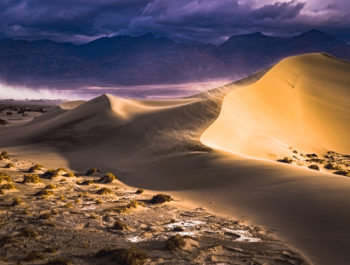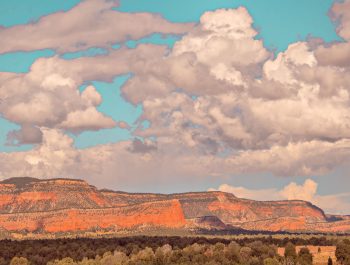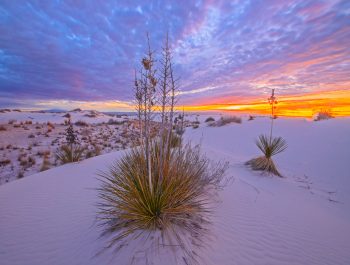The Language of Art – Part 10 – Levels of Abstraction
Levels of Abstraction in Alain Briot’s Work
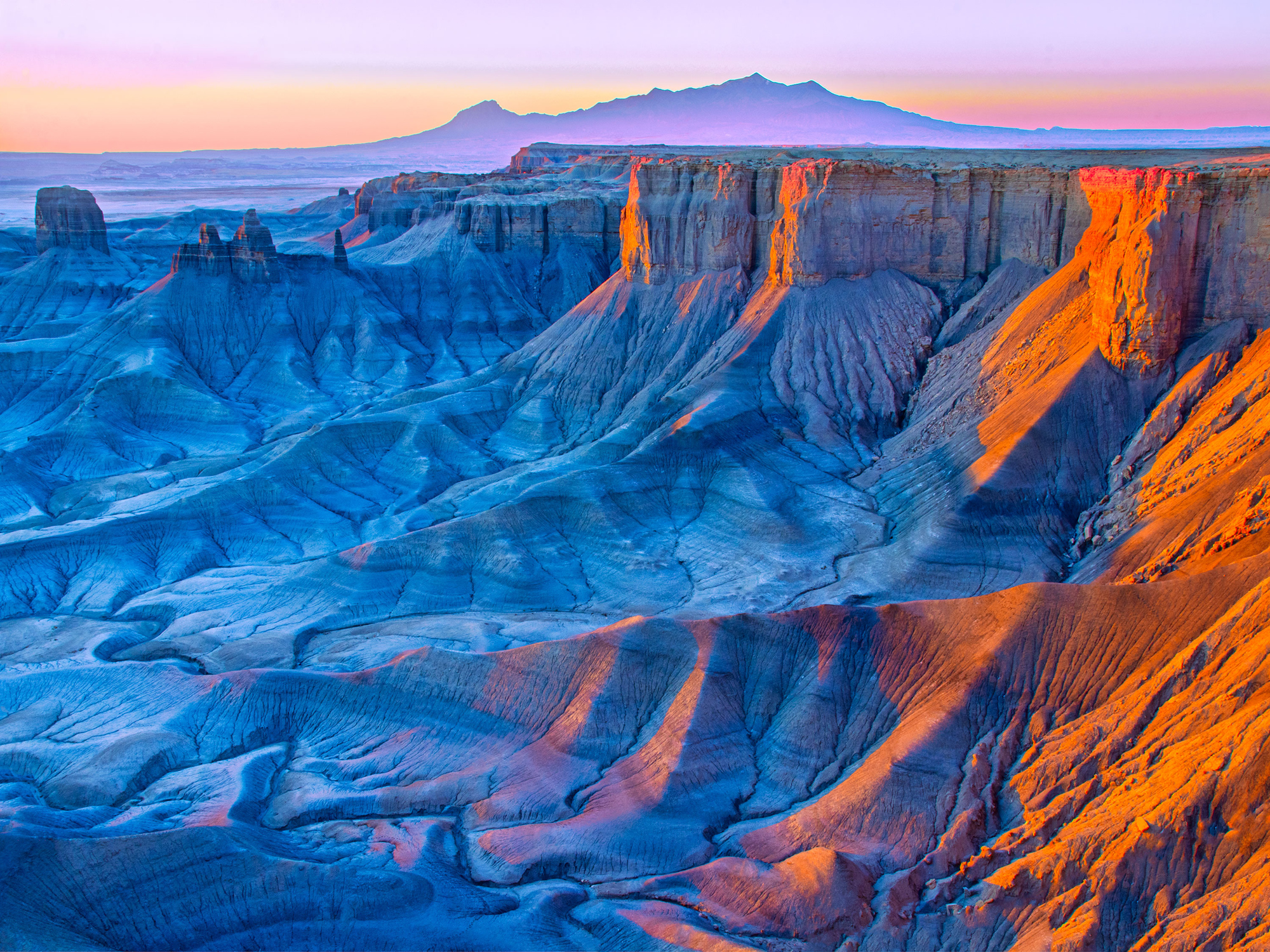
Introduction
For an artist, writing about his work is seen as suspicious. Readers wonder if the artist is touting his horn, trying to drum up business and increase his renown, or if he is being honest, motivated by the desire to shed light on the motivations that stand behind the creation of his art. The answer is often divided: the artist claims to have pure motivations while part of the audience sees the endeavor as little more than a marketing ploy.
I will not try to argue this point because I believe it is pointless. Opinions in art are not only polarized, they also tend to be hard and fast. People’s minds are made up and they do not want to be bothered by the facts. As testimony is the fact that I have never been able to change a potential customer’s mind in regards to buying, or investing as the marketing term goes, in my work. They are either interested to buy, or not buy, right away. Those who are will buy if they find a piece that talks to them, with relatively little help on my part, while those who are not will not, no matter how much effort and time I spend trying to change their mind. In the best-case scenario, they leave saying ‘I see your point and will think about it.’ However, they never buy or return.
Abstractions
Regardless of which side of the spectrum you are on, the fact is that my work is abstract. Why? For the reasons I mentioned in my previous essay. First, they are photographs, meaning they are flat representations of the world, with the inherent modifications of contrast, color and composition brought by the camera, the film, or the digital reproduction process. They also rarely, if ever, show the subject in its original size. For example, canyons, which I photograph often, are represented smaller than they are in reality, while subject details, which I photograph less often, are represented larger than they are in the real world. Finally, the subject is captured in a fraction of a second while reality exists on a permanent basis. More importantly, besides the basic differences created by the photographic medium, my photographs are not aimed at showing the scene or subject as they are but as I imagine them to be. To this end I make changes to my photographs to a lesser or greater extent, depending on my artistic desires.
It is worth noting that these characteristics are shared by the artists who use photography as their medium. A quick survey of artistic photography websites will reveal that just about every artist-photographer says somewhere on their site that they show the world as they see it, or that their photographs are a representation of their vision, or something to that effect. The variations are numerous but the theme is the same: photographic artists create photographs that demonstrate their vision, not reality. In other words, their images are abstractions.
It is interesting to compare these artist statements to the artist statements written by painters. A second internet search, this time for painter’s websites, will reveal that hardly any painter talks about representing their vision of the world in their paintings. Why? Because it is accepted as fact
that painters depict their vision of the world, not reality. There is no mystery, no question about it. Abstractions is what they create. There is therefore no need to point that out to the audience.
Conflicts
In artistic photography however, the matter is not so simple. Photographers who create art feel the need to state that they are expressing their vision and not documenting reality. This remark is both interesting and important because it points to a conflict inherent to the photographic medium: the necessity of pointing it out that an artist-photographer’s work is an abstraction and not reality.
I should say ‘the felt necessity of pointing that out’ because it is in fact unnecessary. Just like potential customers know when they walk into an artist’s show whether they are likely to buy or not, viewers know when they look at an artist-photographer’s work whether they believe this work depicts reality or not. They may not know it consciously, in fact they rarely do, but they know it intuitively. The information provided by the artist about expressing their vision and not reality is therefore not information but confirmation. Their opinion will not be changed by reading the artist’s statement. Viewers will continue believing what they believed before reading this text. Their minds are made up and they will not be changed by the facts.
About My Work
It is not enough to say that my work consists of abstractions. A more important question that needs to be answered is ‘what kind of abstractions do I create?’ Is my work closer to what I call ‘traditional landscape photographs’ in my previous essay, or is it closer to Man Ray Rayographs? A straightforward answer is that I started creating images in the traditional landscape photography style and moved towards Rayographs over time. However, no matter how much I like Surrealism, I am not a Surrealist. Surrealism, just like traditional landscape photography, has been done and done well. I have no need to go back and do it again. I am after doing something else, something different.
That, namely doing something different, is what I believe to be the purpose of art. Art should be different. Not better. Not flawless, and certainly not perfect. Different. That is the goal and that is what I try to achieve. Whether I succeed or not is not for me to decide. I am not the judge of my own work, nor do I have to decide whether I succeed or not. That job is for someone else and I gladly give it to them without hesitation. They, whoever they are, are more than welcome to judge and decide. I will focus on creating.
Abstraction Level and Quantity
In the previous essay I looked at single photographic representations created by several artists. My point was simple: there are different levels of abstraction depending on how far the work of art departs from reality. I drew conclusions based on comparing the style of different single representations. Doing so was not easy because the representations I chose were done in widely different styles. However, the task was simplified by having to compare single works with single works.
However, the level of abstraction is not the only factor to consider when evaluating abstractions. A second factor is the quantity of abstractions of the same subject created by an artist. Considering this second aspect of abstraction makes the issue of reality depiction more challenging because we are
no longer looking at single representations. Instead, we are looking at multiple representations of the same location or subject.
This is the case for a relatively large amount of my work. Often, I do not create a single version of a photograph. I create multiple versions of the same photograph. I do this because I want to play with variations of the same original capture. So far, these variations have addressed only color and contrast. When I change the forms of the image, for example by stretching, warping or otherwise altering the shape of elements, I only create one version. This is the way I have done it so far but it may change in the future.
I feel satisfied with a single version when it comes to changing the form of the elements of an image. However, when it comes to color, I try different color palettes and at the end of the process I often find that I like several of them equally. So, rather than force myself to make a decision that can only be frustrating, I keep a selection of images with different color palettes because I find them equally pleasing.
Multiple Versions Of The Same Scene Challenge The Concept Of Reality


Reality comes in one version: reality. Abstraction comes in a minimum of two versions, reality and the abstraction created by the artist. I take things one step further in my work by creating multiple versions of the same scene.
The two photographs above are of the same location. I created the vertical one first and the horizontal one second. I am talking about the processing, not the order in which they were taken. I actually don’t remember in what order these two images were captured. The order in which they were captured does not matter because I did not visualize the color I gave to these images until I was back in my studio, processing them in Lightroom and Photoshop.
My vision for an image rarely, if ever, takes place in the field. It takes place in the studio, when I work on my images adjusting color, contrast and form, depending on what I am inspired to do to each photograph. After creating the first image, the vertical one, I thought I had achieved maximum color enhancement. However, when I worked on the second one, the horizontal image, I found out that I wanted to go further with the blue, mauve and orange color changes.
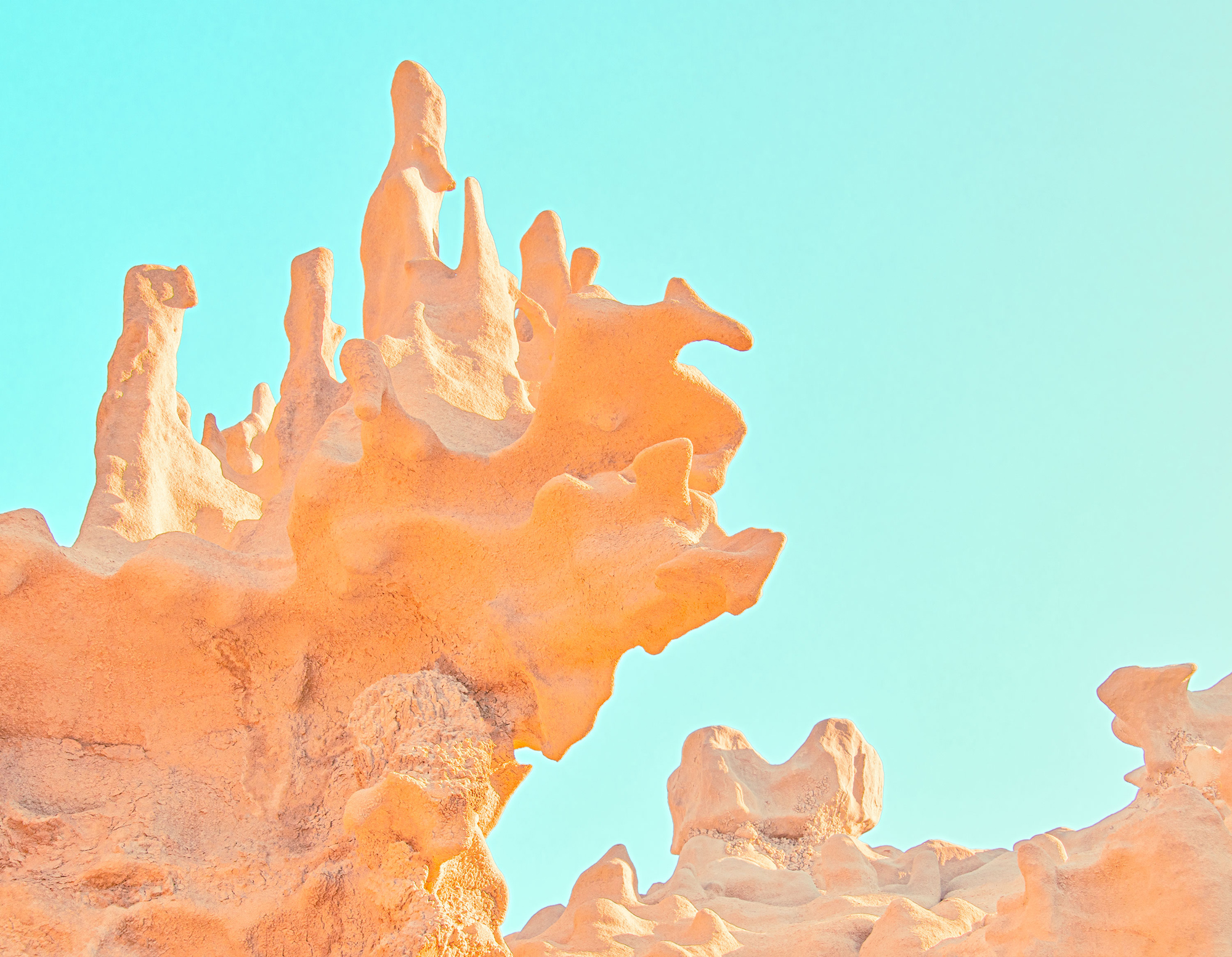
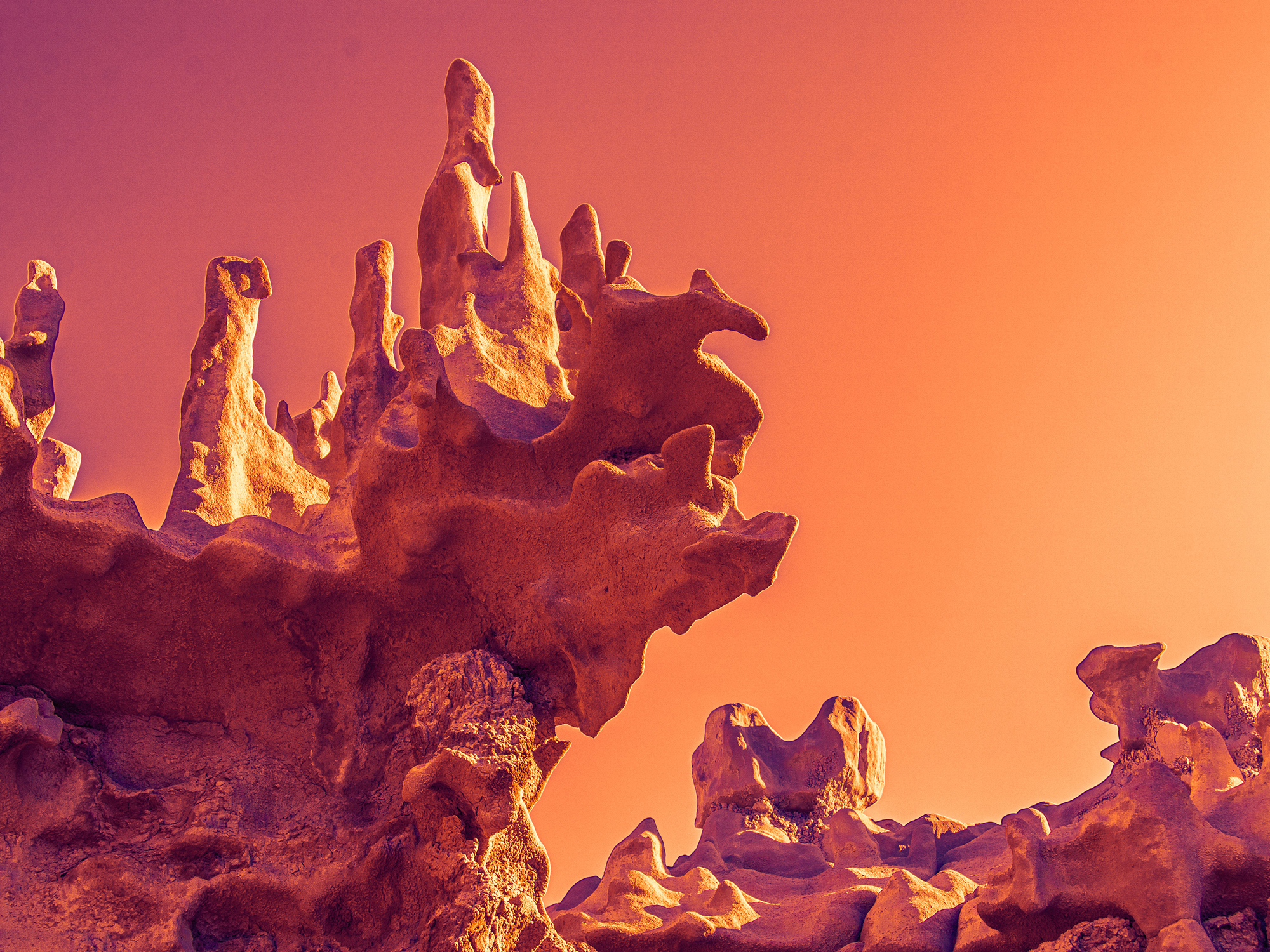
This second example takes things one step further by showing not two captures of the same scene, but two versions of the same capture. These two versions are so different that it would be easy to believe they are from two different captures. Here too, color abstraction was visualized in the studio, not in the field.
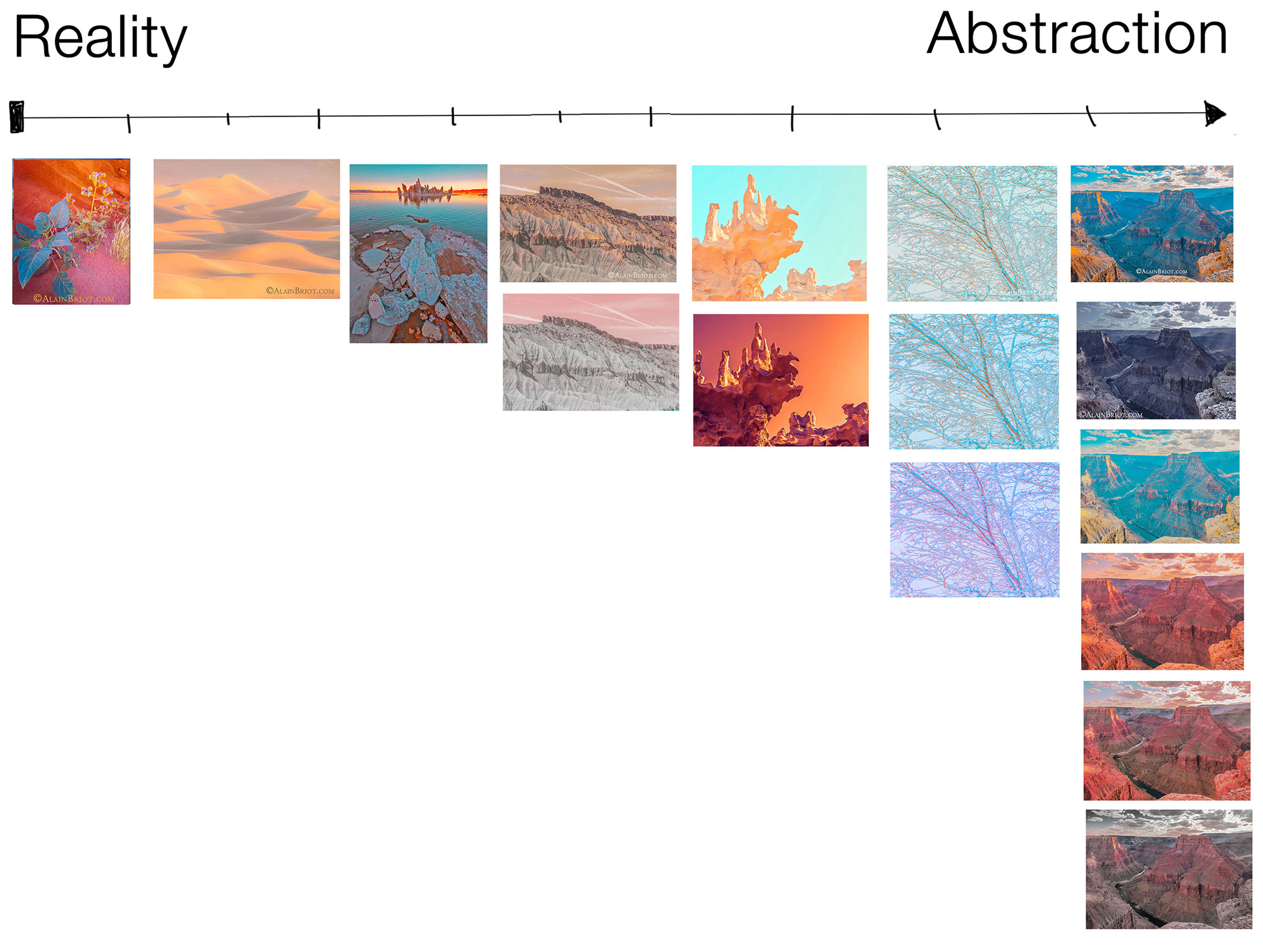
If two versions of the same photograph challenge the concept of a single reality, what about images that show more than two versions of the same scene? The assemblage above shows single, double, triple and sextuple versions of the same original. The number of variations depends on my inspiration. These variations were created over a span of several years. I not only take it for granted that there can be multiple abstractions of a given subject, I reserve the right to create additional versions over time. I also believe that as the number of variations increases, so does the level of abstraction. The logic behind this belief is simple: the more variations there are, the more difficult it is to define what the real scene looked like.
Change and Change
As I mentioned earlier, I went from doing traditional landscape photography to doing abstract work. This means that my work has changed over time. However, this change may be more or less noticeable, depending on the viewer’s level of fluency in the art language.
Recently, I created a few pieces that exhibited what appeared to some viewers as ‘natural colors’ (their terminology, not mine). They said these images looked like the work I created around 2005. Fact is, the colors of this recent work were not natural. In fact, the colors of the work I created in 2005 were not natural either. Both showed significant color changes because both periods showed the landscape the way I want it to look, not the way it looks in reality.
However, because the circa 2005 work was done with film, the extent of these color changes was minimal. The work created in 2023, being done with digital capture and processing, showed much more extensive color changes.
However, this difference was missed by these viewers because they did not compare the two images side by side. Instead, they relied on their memory of my previous work, and to their memory the two images looked comparable. However, comparable is not similar. Comparable can actually imply significant differences. This is evident if we compare cars for example. Cars are comparable if we look at basic aspects. They have 4 wheels, a body, an engine, seats and so on. Yet, cars can be poles apart in terms of performance, comfort, types of driving, seating, space and so on.
The same is true of photography. Two photographs of the same scene or subject may be ‘comparable’ if we look at the location, the composition or the general color palette. However, if we look at the specific colors, contrast and composition of each image, they can be poles apart. In the case of my 2005 vs. 2023 work, while the general look of the images was comparable, the specific renderings were very different. Even though my work was, and continues to be about color and form, the colors and the forms of the 2005 work are not the colors and the forms of the 2023 work. Of most importance, none of these two styles of representation depict reality.
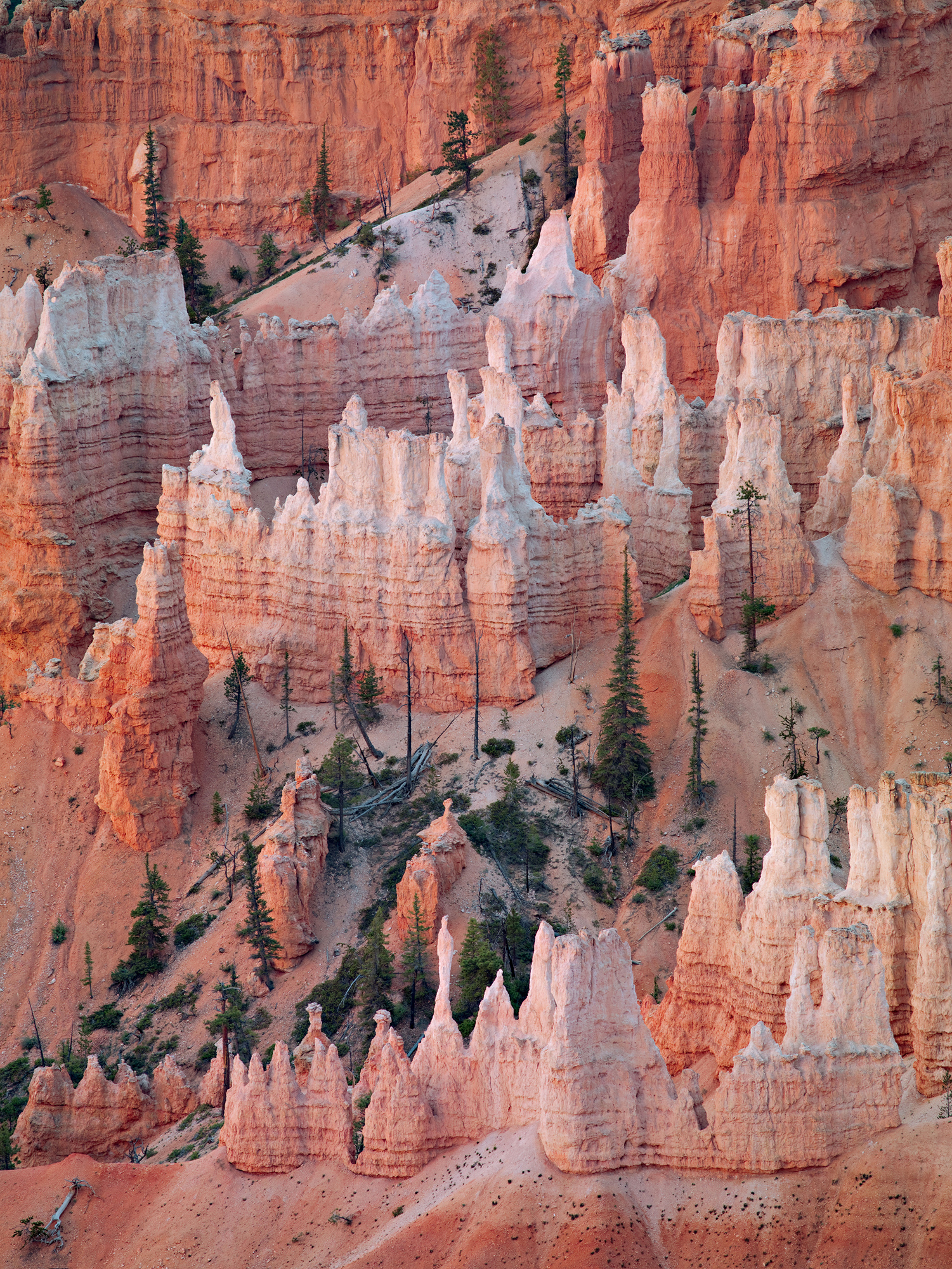
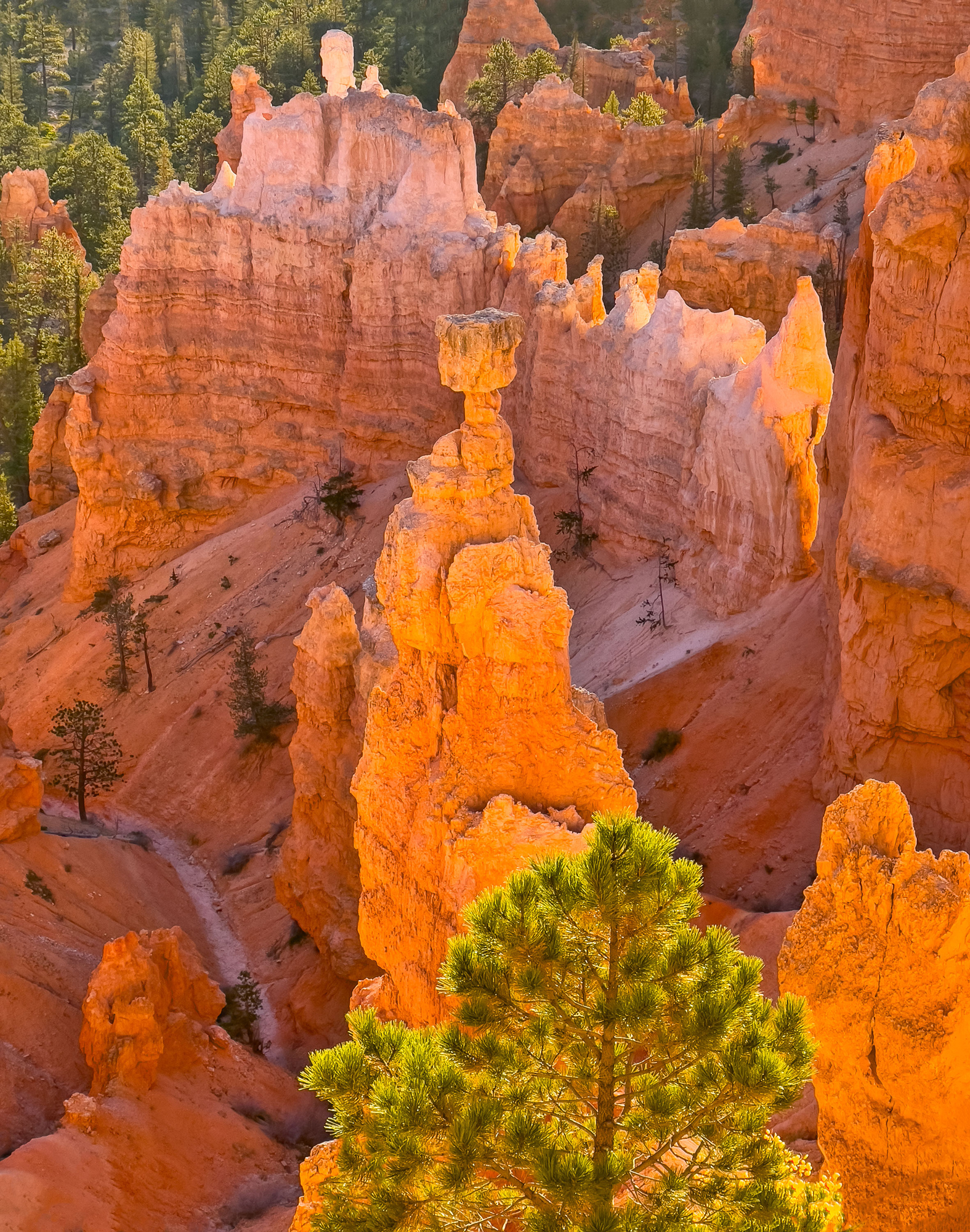
I believe that the idea I was going back to my old style was comforting to some viewers and this altered their perception of my work. However, I have no desire to return to my 2005 style. My 2023 style is different, my approach is different, my gear is different, and my processing is different. The 2005 image of Bryce canyon was done with a 4×5 camera and film. The 2023 image of Bryce canyon was done with a cell phone and digital processing. It was published on the web not as a fine art print. It was done in a second while standing on a guard rail, not composed over an hour using a tripod and following traditional rules of composition.
How I Use The Language Of Art
The language of art consists of a visual vocabulary and a visual grammar. This language is complex. It is also personal.
In my work, I create abstractions by using the following vocabulary and grammar of art:
– Different levels of abstraction
– Multiple variations of the same original photograph
– Modification of the original colors
– Modification the original contrast
– Modification the original composition
– Modification the original form of the image elements
– Modification of the original image format
These are the visual vocabulary and grammar that I use the most. How I use the language of art, and what I say with it, is what defines my style.
The Next Essay
My next essay will focus on abstraction and reality in art. In it I will discuss abstraction in art mediums other than photography. As I mentioned in this essay, the conflict between reality and abstraction is not present in painting because I believe that all paintings are abstractions. However, this is not to say that there is no conflict between reality and paintings. There are conflicts, but they are of a different nature than those present between reality and photography. It is these other conflicts that I will address in my next essay.
About Alain Briot
I create fine art photographs, teach workshops with Natalie and offer Mastery Tutorials on composition, image conversion, optimization, printing, business and marketing. I am the author of Mastering Landscape Photography, Mastering Photographic Composition, Creativity and Personal Style, Marketing Fine Art Photography and How Photographs are Sold. All 4 books are available in eBook format on our website at this Link. Free samplers are available.
You can find more information about our workshops, photographs, writings and tutorials as well as subscribe to our Free Monthly Newsletter on our website. You will receive 40 free eBooks when you subscribe.
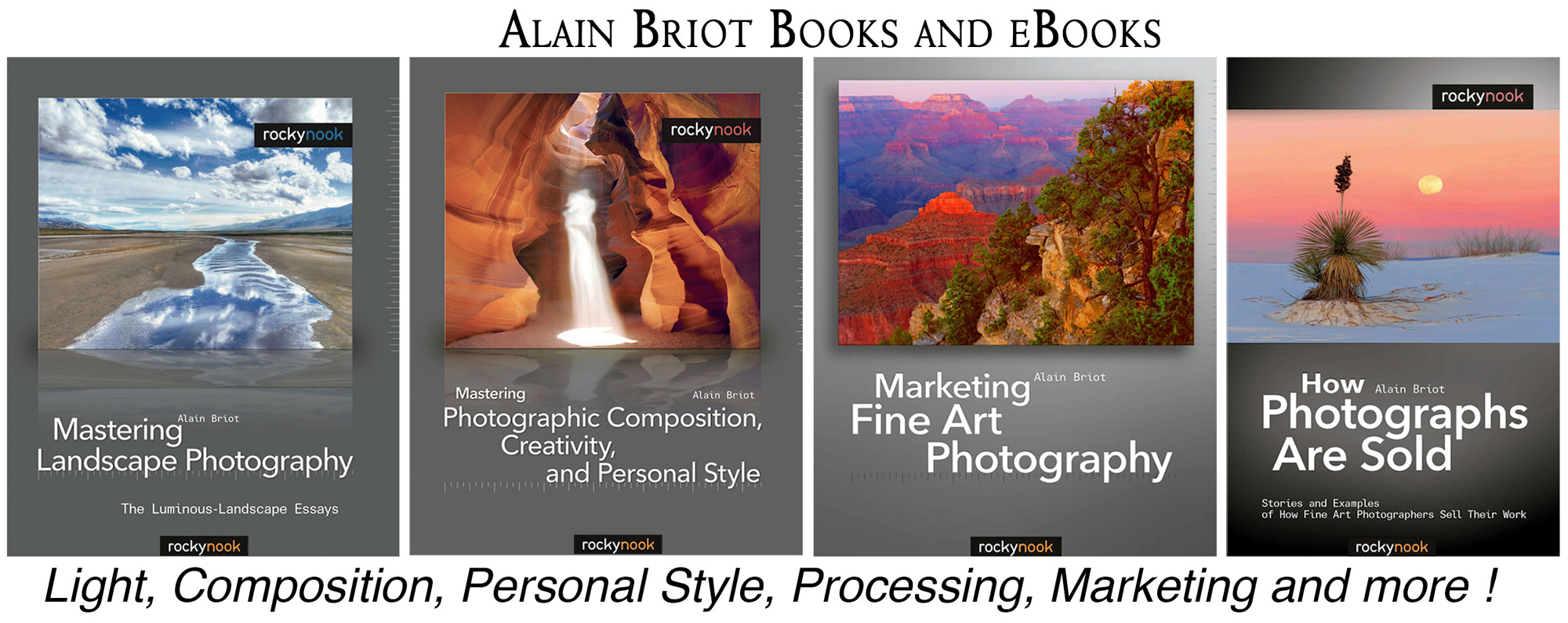
Studying Fine Art Photography With Alain and Natalie Briot
If you enjoyed this essay, you will enjoy attending a workshop with us. I lead workshops with my wife Natalie to the most photogenic locations in the US Southwest. Our workshops focus on the artistic aspects of photography. While we do teach technique, we do so for the purpose of creating artistic photographs. Our goal is to help you create photographs that you will be proud of and that will be unique to you. The locations we photograph include Navajoland, Antelope Canyon, Monument Valley, Zion, the Grand Canyon and many others. Our workshops listing is available at this LINK.
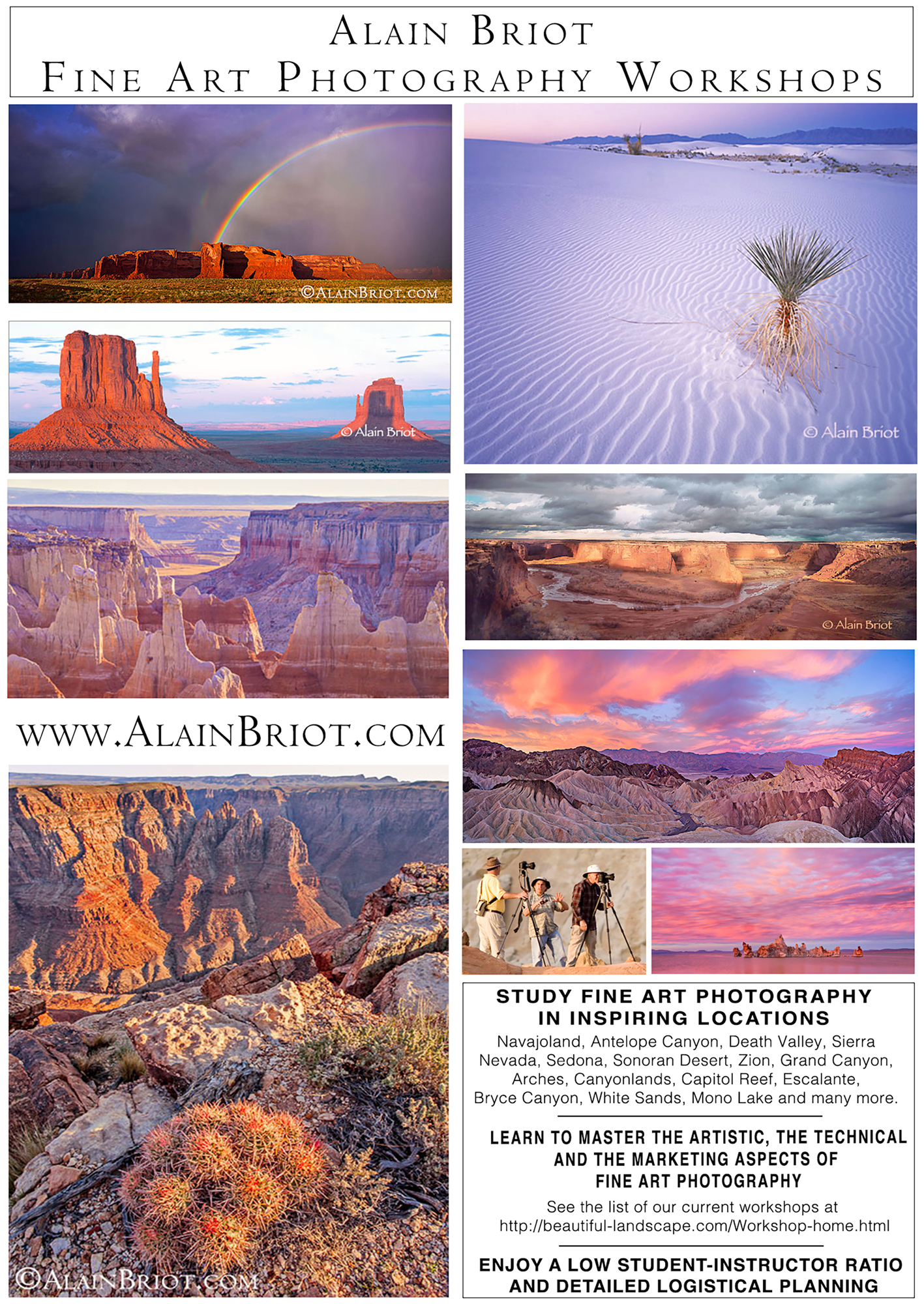
Alain Briot
February 2024
Indianapolis, IN
Photography is my passion and has been for 50 plus years. My career in photography has allowed me to travel the world, meet some of the most interesting people on the planet and see things I could never have dreamed of. My goal is to share the passion of picture taking through photographs and teaching with as many people as I can, hoping it brings them as much joy and happiness as it has me. I do this through photoPXL.com, this site, as well as Rockhopper Workshops, and other projects, as well as teaching as Artist In Residence at the Indianapolis Art Center.






